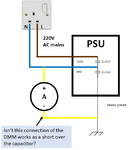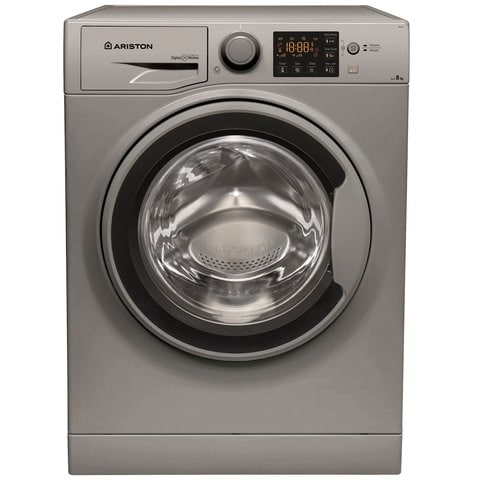
The term bootleg, pretty much says what is wrong with this method of "fixing" the ground wiring issue in your apartment.
Basically it bypass and probably violates a bunch of Saudi building codes (at least that is definitely true in the US). Doing something that is inherently wrong isn't going to make this safer for you, in fact it will likely make it more dangerous for you if something should happen where you do need a true ground fault protection, of course you won't know about that situation because you will already be dead.boot·leg
/ˈbo͞otˌleɡ/
adjective: bootleg
(especially of liquor, computer software, or recordings) made, distributed, or sold illegally.
I image that the building codes for your apartment were violated or somehow circumvented by the owner (builder) to cut costs. Like I previously mentioned, I would consider moving before fixing what should be the owner's responsibility.
If you absolutely can't bear moving because the place is even more awesome than life itself, then I would do as has been suggested and wire in a ground to your apartment and connect it to a 2.5 m galvanized steel rod driven into the ground until only a few centimetres are showing. The main issue will be trying to route that ground wire throughout the apartment (preferably inside the walls where it belongs.
Good luck and avoid dying. I suggest buying a plastic or wood stick to turn on and off your computer from now on.










